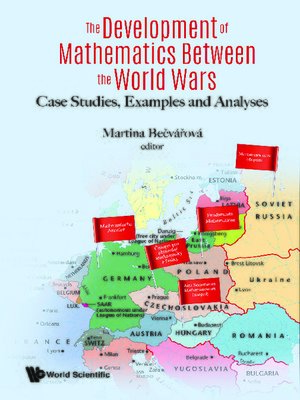The Development of Mathematics Between the World Wars
ebook ∣ Case Studies, Examples And Analyses
By Martina Becvarova

Sign up to save your library
With an OverDrive account, you can save your favorite libraries for at-a-glance information about availability. Find out more about OverDrive accounts.
Find this title in Libby, the library reading app by OverDrive.



Search for a digital library with this title
Title found at these libraries:
| Library Name | Distance |
|---|---|
| Loading... |
The Development of Mathematics Between the World Wars traces the transformation of scientific life within mathematical communities during the interwar period in Central and Eastern Europe, specifically in Germany, Russia, Poland, Hungary, and Czechoslovakia. Throughout the book, in-depth mathematical analyses and examples are included for the benefit of the reader.World War I heavily affected academic life. In European countries, many talented researchers and students were killed in action and scientific activities were halted to resume only in the postwar years. However, this inhibition turned out to be a catalyst for the birth of a new generation of mathematicians, for the emergence of new ideas and theories and for the surprising creation of new and outstanding scientific schools.The final four chapters are not restricted to Central and Eastern Europe and deal with the development of mathematics between World War I and World War II. After describing the general state of mathematics at the end of the 19th century and the first third of the 20th century, three case studies dealing with selected mathematical disciplines are presented (set theory, potential theory, combinatorics), in a way accessible to a broad audience of mathematicians as well as historians of mathematics.






